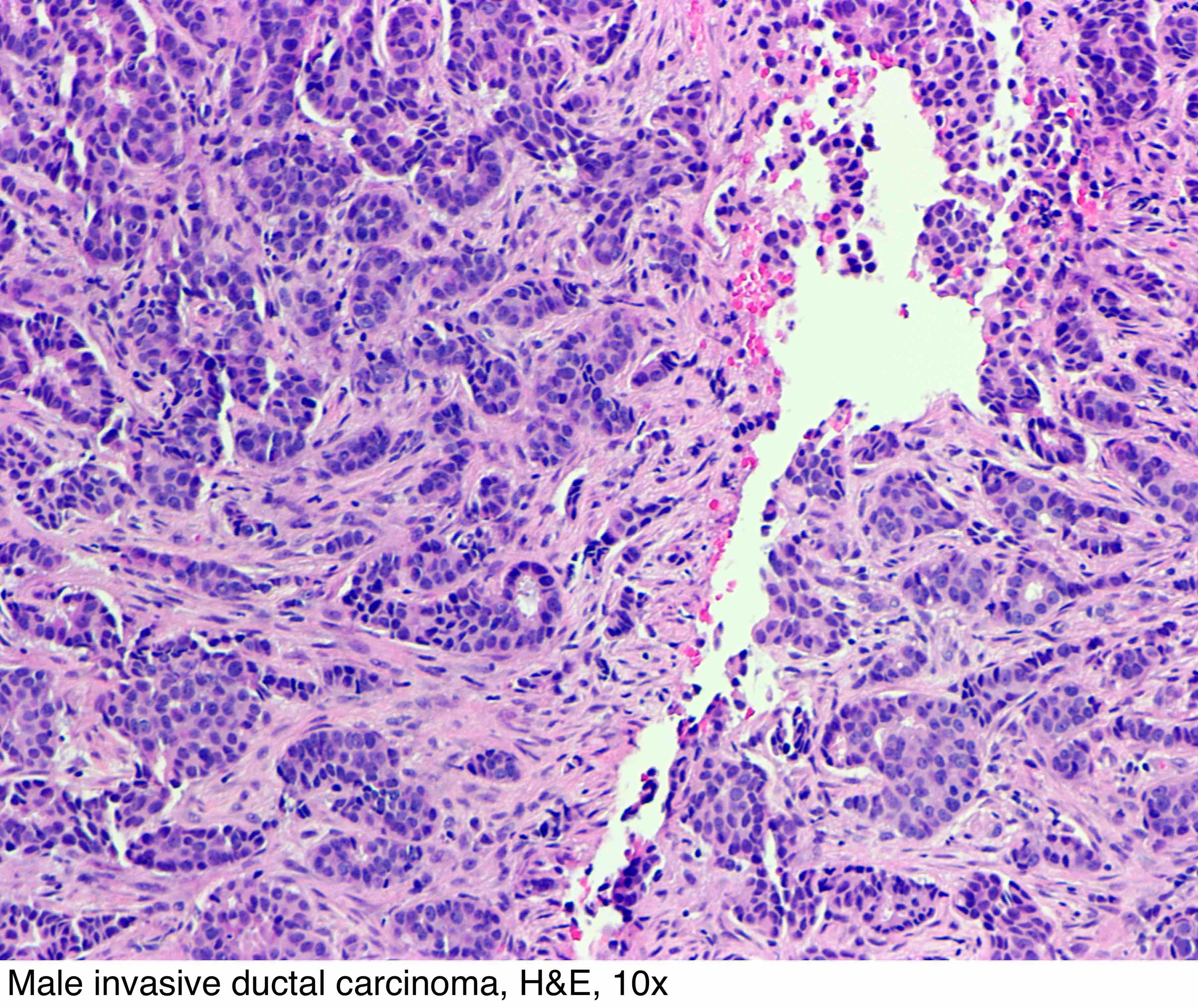According to the World Health Organization, breast cancer has recently overtaken lung cancer to become the most common cancer globally. The BreastPathQ Challenge was launched at SPIE Medical Imaging 2019 to advance the development of computer-aided diagnosis for assessing breast cancer pathology.

Participants in the BreastPathQ Challenge were tasked with developing an automated method for analysing microscopy images of breast tissue and classifying them according to their tumour cell content in order to generate a reliable assessment score. The challenge, as reported in SPIE’s Journal of Medical Imaging (JMI), yielded encouraging results that point toward the integration of artificial intelligence (AI) to streamline clinical assessment of breast cancer.
Mastectomy has frequently been the most reliable therapy for large or aggressive breast cancers. Neoadjuvant therapy, on the other hand, can result in decreased tumour size, density, and spread, qualifying patients for breast-conserving surgery rather than mastectomy.
Medical Imaging
Medical imaging enables physicians to evaluate the effects of neoadjuvant therapy. While the majority of medical image analysis processes are performed manually and rely on expert interpretation of complex tissue structures, machine-learning algorithms for cancer detection may improve the reliability and efficiency of those processes. Along with reducing the inherent variability of human pathologists, fully automated methods such as these are expected to accelerate image analysis.
The BreastPathQ Challenge attracted 39 teams from 12 different countries worldwide. We developed, validated, and tested a total of 100 algorithms. Teams were able to compare their algorithms to those developed by others in academia, industry, and government, as defined by the Grand Challenge framework, which requires the use of a common set of source data.

Intensive Focus
Rather than limiting themselves to a single AI architecture, the majority of teams used an ensemble of machine-learning algorithms. The best algorithms performed at a level comparable to that of the pathologists who served as the study’s reference standards, and the best algorithm slightly outperformed the pathologists’ scores. While the algorithms performed admirably on simpler image patches, they struggled on more difficult patches—those for which AI would be especially beneficial to pathologists.
The BreastPathQ Challenge was a success because experts in several areas were joined by the organising committee. The advance of collaboration has enabled participants to move quickly and efficiently to deal with the job, access data set, and develop their algorithms according to Nicholas Petrick, deputy director in the Imaging Division, Diagnostics and Software Reliability at the U.S. FDA Center of Devices and Radiological Health and representative at the BreastPathQ Challenge Group.
_________________________________________
Breast Cancer | Don’t forget to follow us on Twitter @njtimesofficial. To get latest updates





